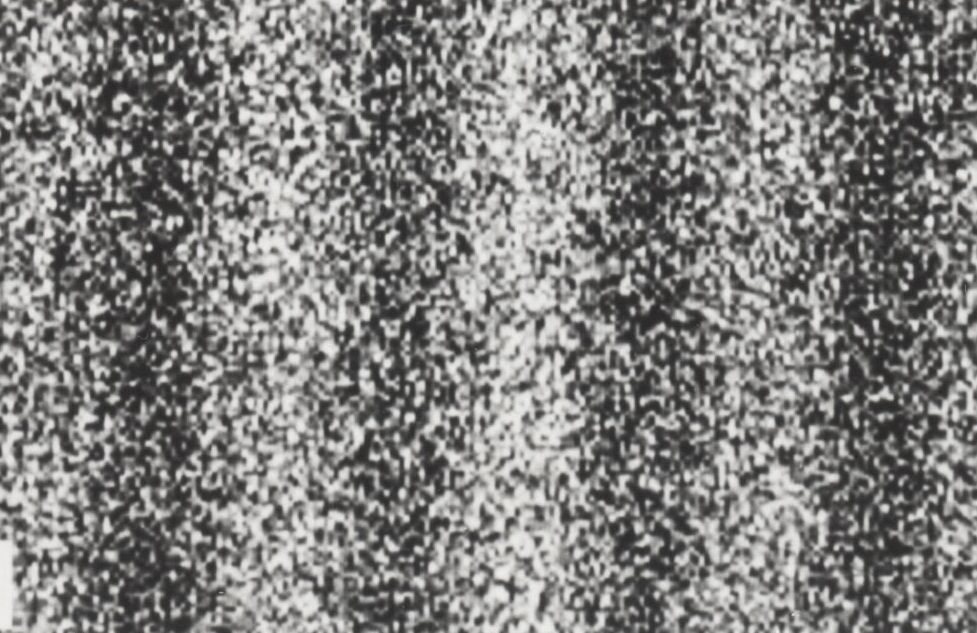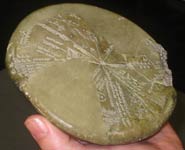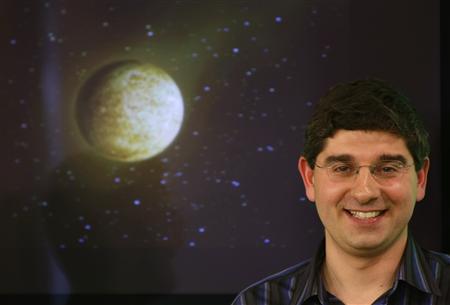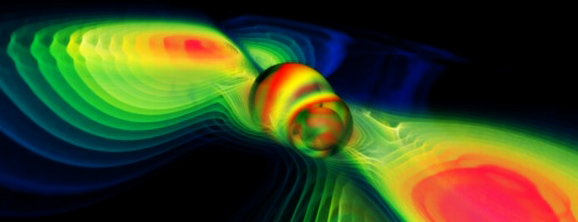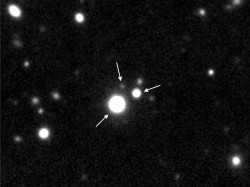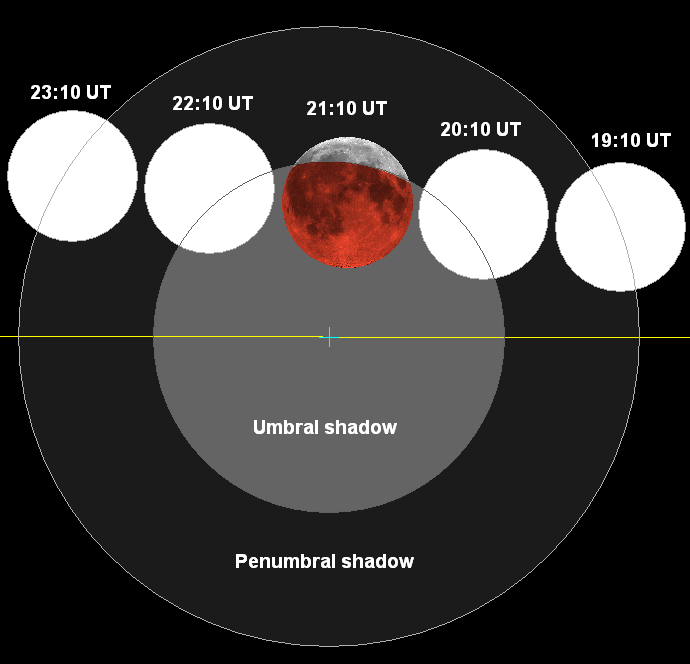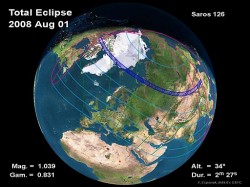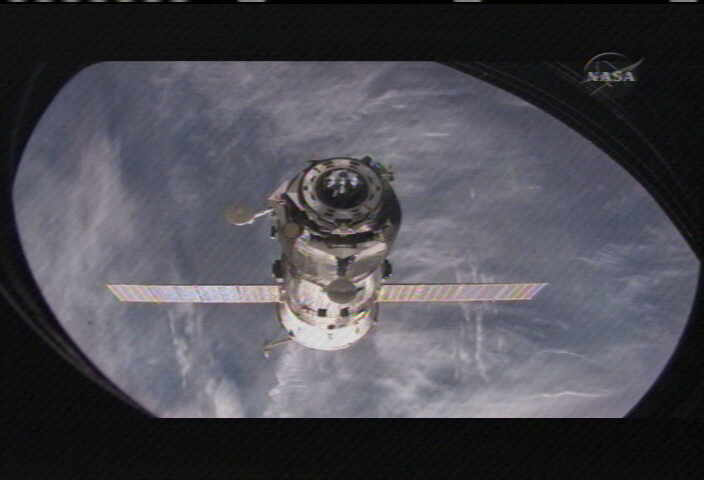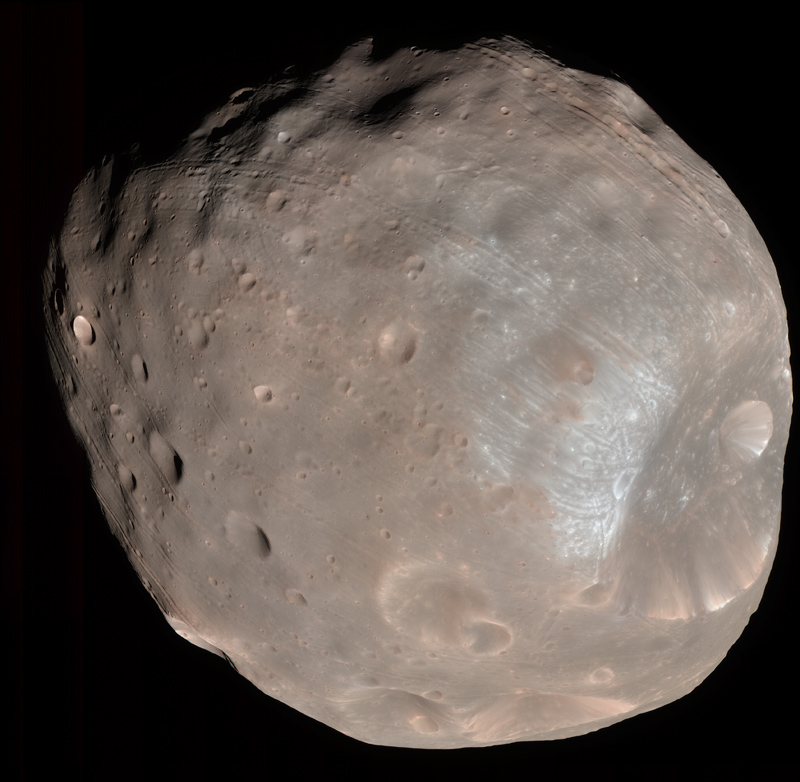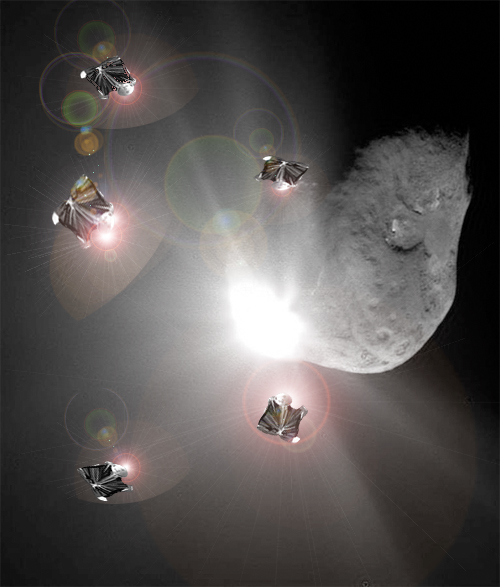A Cuneiform clay tablet that has puzzled researchers for over 150 years is now believed to describe an asteroid impact in 3123 BC in Austria. Researchers believe the tablet, which seemingly describes a cataclysmic event, may account for the biblical tale of Sodom and Gomorrah. No mention of pillars of salt however, on the clay tablet.
Geologists discovered evidence of a giant landslide centered at Köfels, Austria back in the 19th century. At 500 meters thick and five kilometers in diameter, this landslide mystified researchers trying to figure out why such an event occurred. Some researchers thought the landslide may have been caused by a meteorite impact, because of the evidence of crushing pressures and explosions. But there was no crater, so it didn’t look as an impact site should, and the impact theory fell out of favor. But researchers knew this wasn’t just an ordinary landslide.
But new research brings the impact theory back into play. It centers on another 19th century mystery, a Cuneiform tablet in the British Museum, known as “the Planisphereâ€. It was found in the remains of the library in the Royal Place at Nineveh, and was made by an Assyrian scribe around 700 BC. It is an astronomical work with drawings of constellations and the text has known constellation names. The clay tablet has attracted a lot of attention but until now no one has come up with a convincing explanation as to what it is.
Alan Bond and Mark Hempsell from Bristol University used computer programs to simulate trajectories and reconstruct the night sky thousands of years ago to establish what the Planisphere tablet refers to. It is a copy of the night notebook of a Sumerian astronomer as he records the events in the sky before dawn on the 29 June 3123 BC (Julian calendar). Half the tablet records planet positions and cloud cover, but the other half of the tablet records an object large enough for its shape to be noted even though it is still in space. The astronomer made an accurate note of its trajectory relative to the stars, which to an error better than one degree is consistent with an impact at Köfels.
The observation suggests the asteroid is over a kilometer in diameter and the original orbit about the Sun was an Aten type, a class of asteroid that orbits close to the earth, that is resonant with the Earth’s orbit. This trajectory explains why there is no crater at Köfels. The incoming angle was very low (six degrees) and means the asteroid clipped a mountain near the town of Längenfeld, 11 kilometers from Köfels, and this caused the asteroid to explode before it reached its final impact point. As it travelled down the valley it became a fireball, about five kilometers in diameter (the size of the landslide). When it hit Köfels it created enormous pressures that pulverized the rock and caused the landslide but because it was no longer a solid object it did not create a classic impact crater.
Mark Hempsell, hinting at the possible fate of Sodom and Gomorrah, added, “Another conclusion can be made from the trajectory. The back plume from the explosion (the mushroom cloud) would be bent over the Mediterranean Sea re-entering the atmosphere over the Levant, Sinai, and Northern Egypt. The ground heating though very short would be enough to ignite any flammable material – including human hair and clothes. It is probable more people died under the plume than in the Alps due to the impact blast.â€
This evidence seems to coincide with the biblical story of the legendary dens of vice (“Then the Lord rained down burning sulfur on Sodom and Gomorrah – from the Lord out of the heavens†– Genesis 19:24) but it’s never been categorically proven that the towns actually existed in their suspected location close to the Dead Sea. And the story of Lot’s wife turning into a pillar of salt for turning around to witness the mayhem is just biblical legend as well.
The full translation of the tablet together with the analysis supporting these conclusions can be found in the book, “A Sumerian Observation of the Kofels’ Impact Event†by Bond and Hempsell.
Original News Sources: Bristol University and The Register

